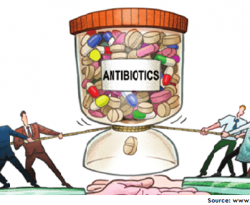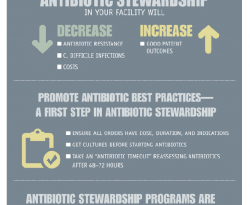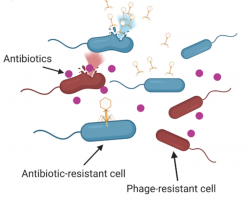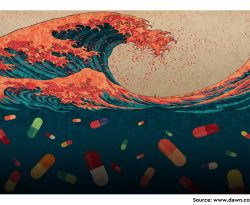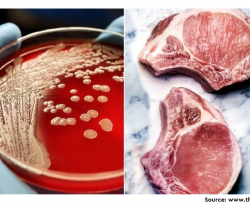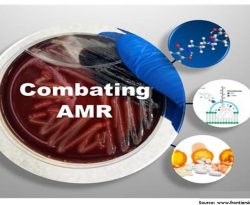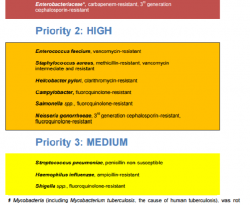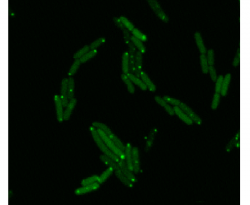Antimicrobial resistance among uropathogens in the Asia-Pacific region: a systematic review
Urinary tract infections (UTIs) are common infections occurring in the community and hospitals. The treatment is usually empirical antibiotics like co-trimoxazole, ciprofloxacin, ceftriaxone, and nitrofurantoin. Nitrofurantoin and Fosfomycin are preferred oral antibiotics in many guidelines. Provisional antibiotic usage drives antimicrobial resistance (AMR). The Asia Pacific region (Southeast Asian countries and…



